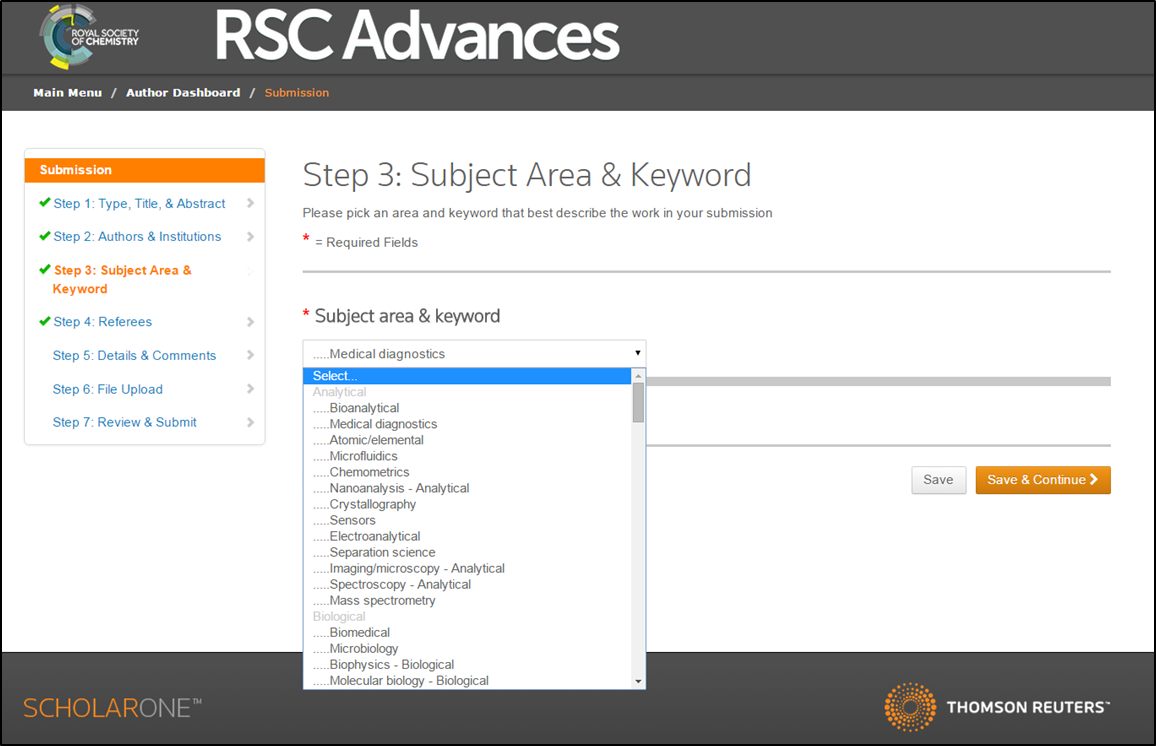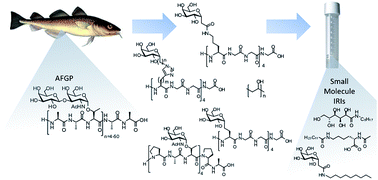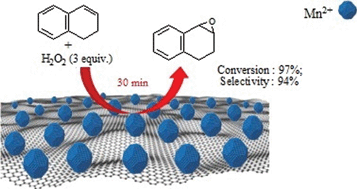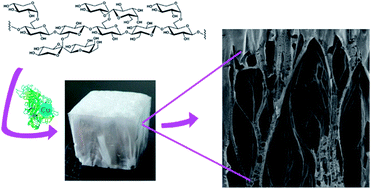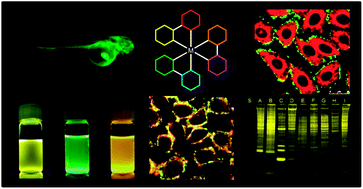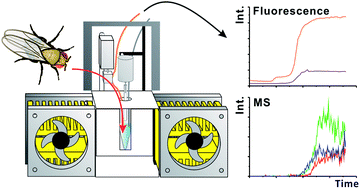This organic chemisty collection has been collated by Editorial Board member Professor Russell Cox (Leibniz University Hannover, Germany). It brings together articles with the continued aim of inspiring new authors to submit their best work to the journal, and also to highlight great work by regular authors. These articles are already among the most highly cited works in the journal, illustrating their impact.
 |
The subject areas of the articles include those traditionally regarded as organic, such as synthesis, catalysis, heterocyclic and organometallic chemistry, natural products chemistry and method development. In addition, the collection also includes articles from overlapping areas, such as green chemistry, fuel production, ionic solvents and materials chemistry, where there is a strong organic and biological component. Underpinning all are theoretical and computational studies. Finally, emerging areas, including photovoltaics and chemical biology, have strong organic chemistry foundations and also find a natural home in this RSC Advances collection.
This selection aims to illustrate the breadth, depth and impact of papers published in RSC Advances in the area of organic chemistry and stimulate new submissions in these and allied areas. The collection contains reviews, communications and full papers, all of which can be found here. |
| Credit: Recent advances in 4(3H)-quinazolinone syntheses, 10.1039/C4RA00351A
|











